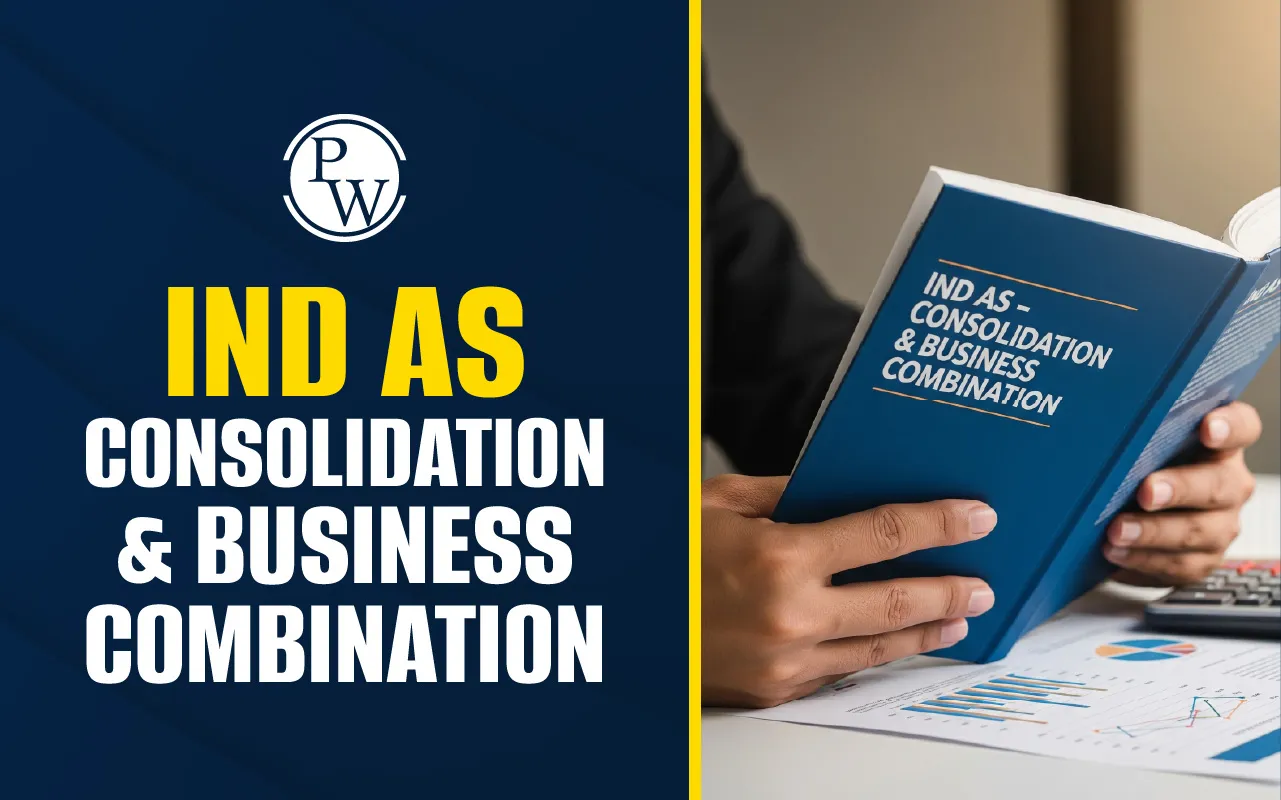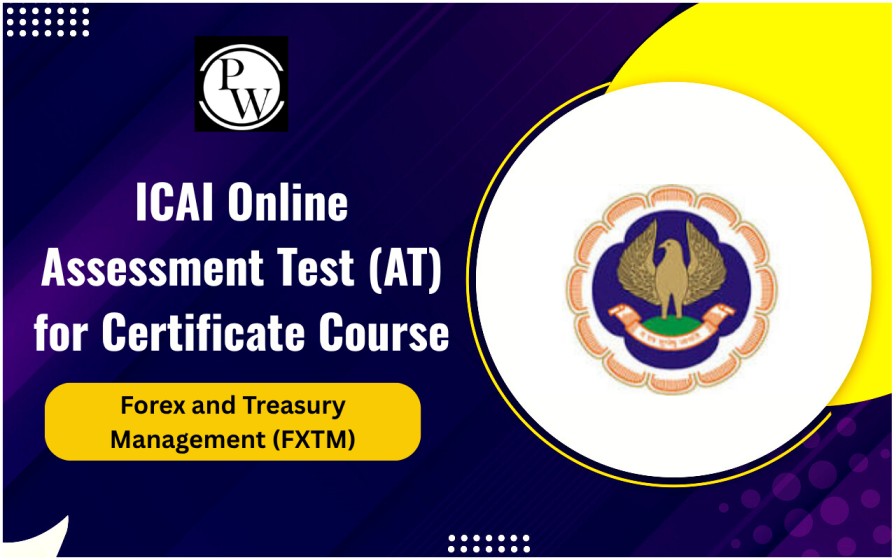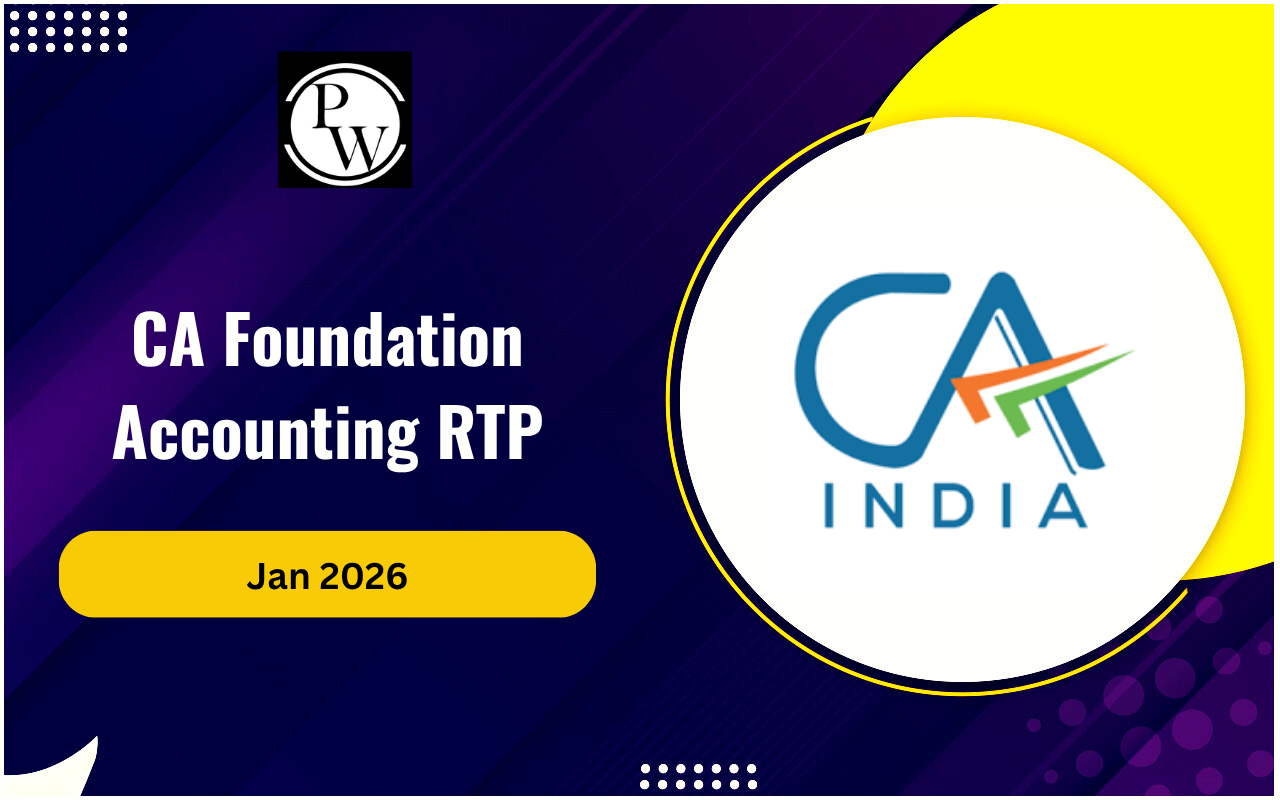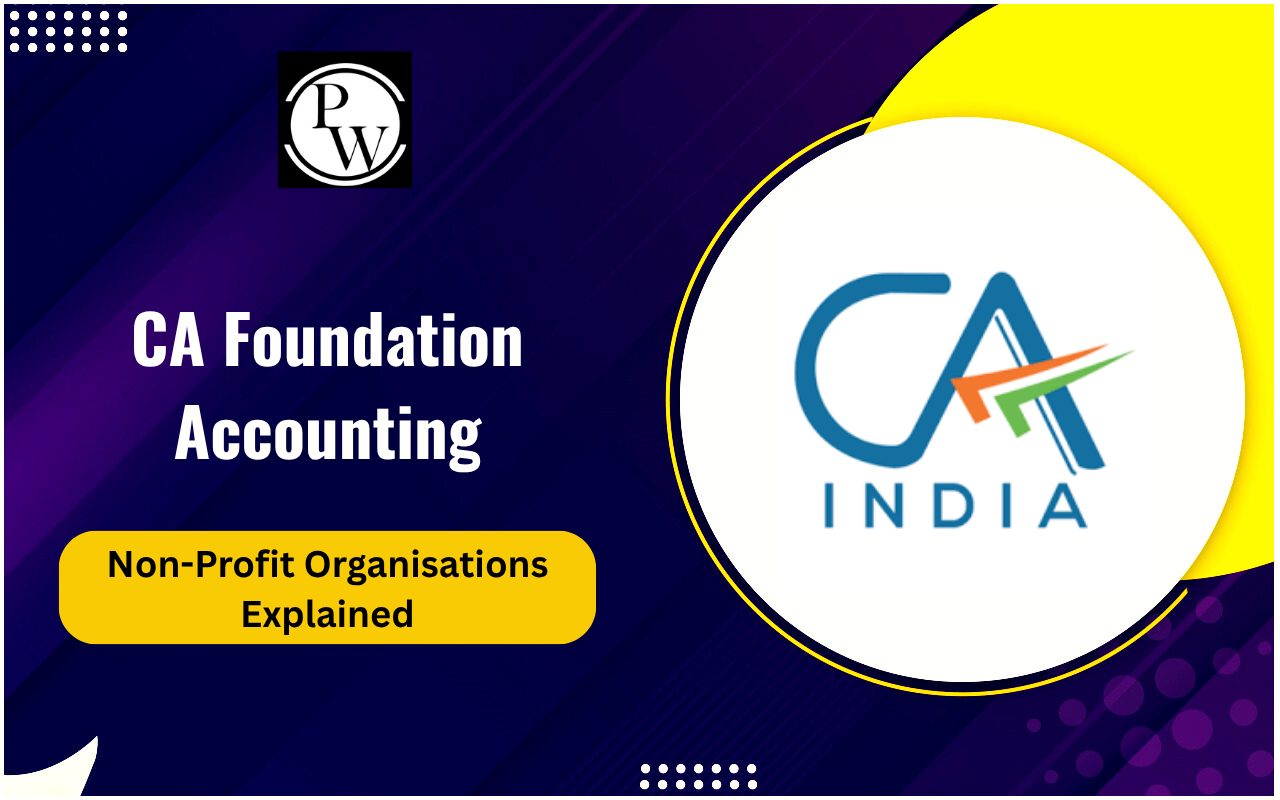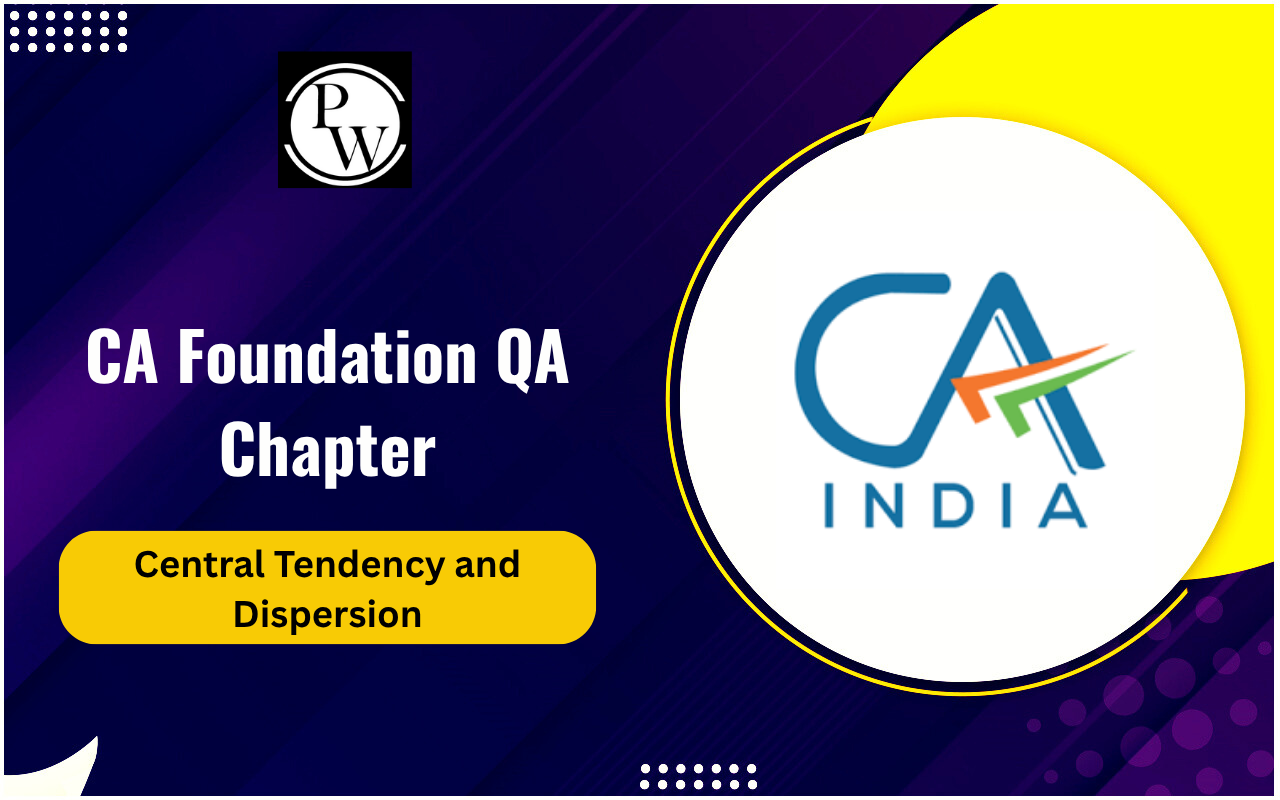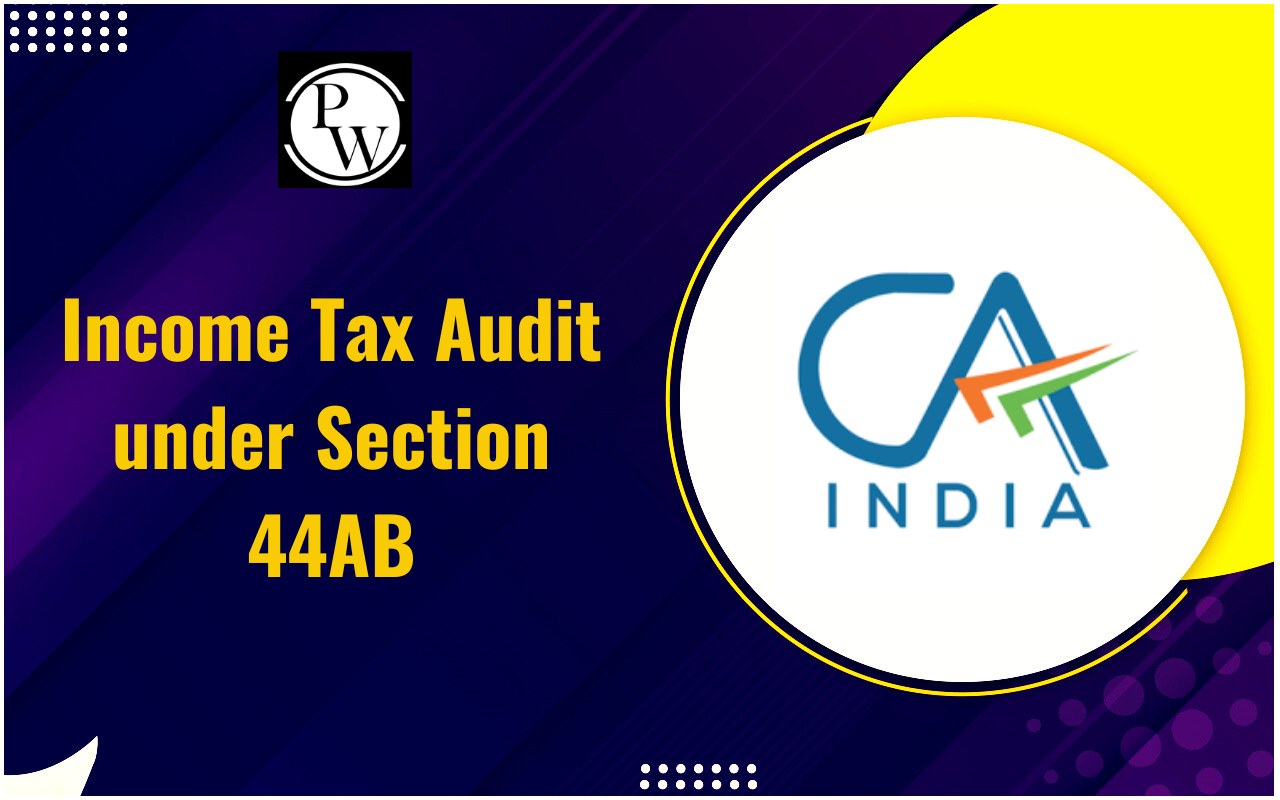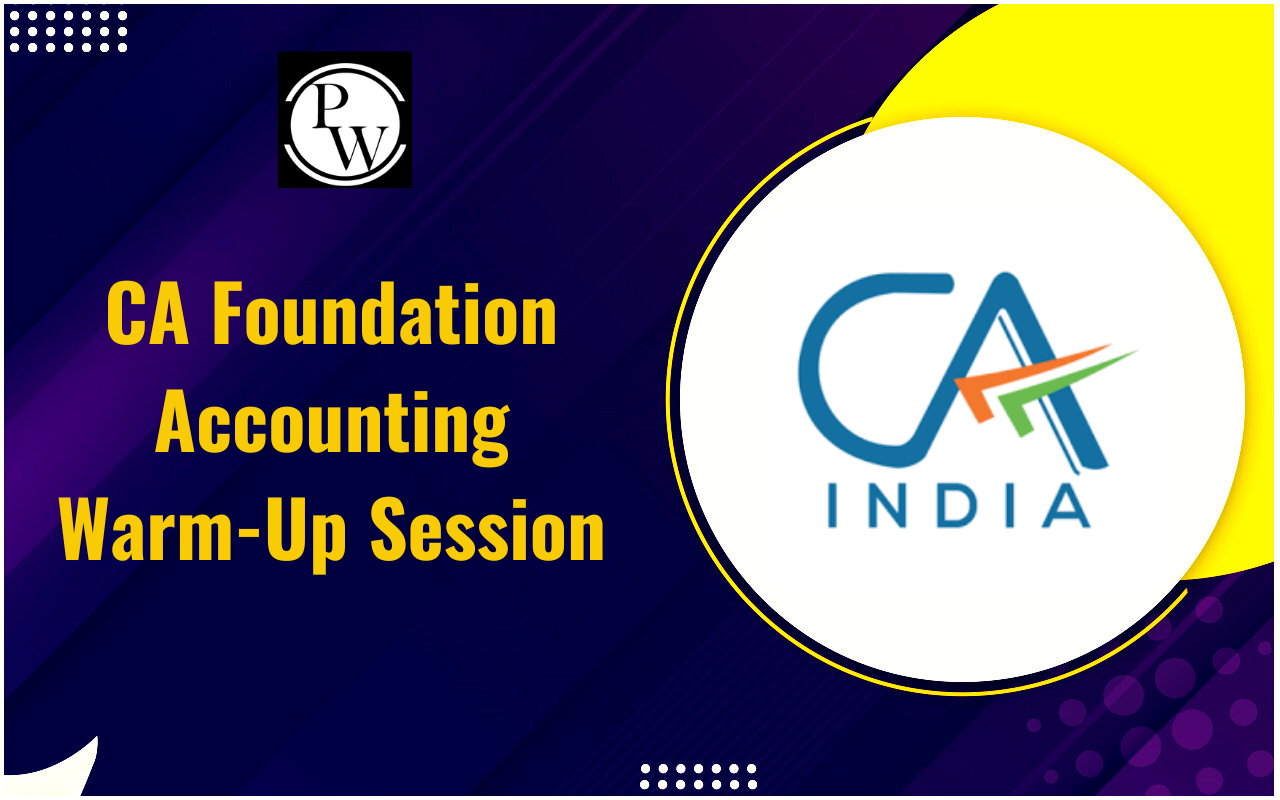
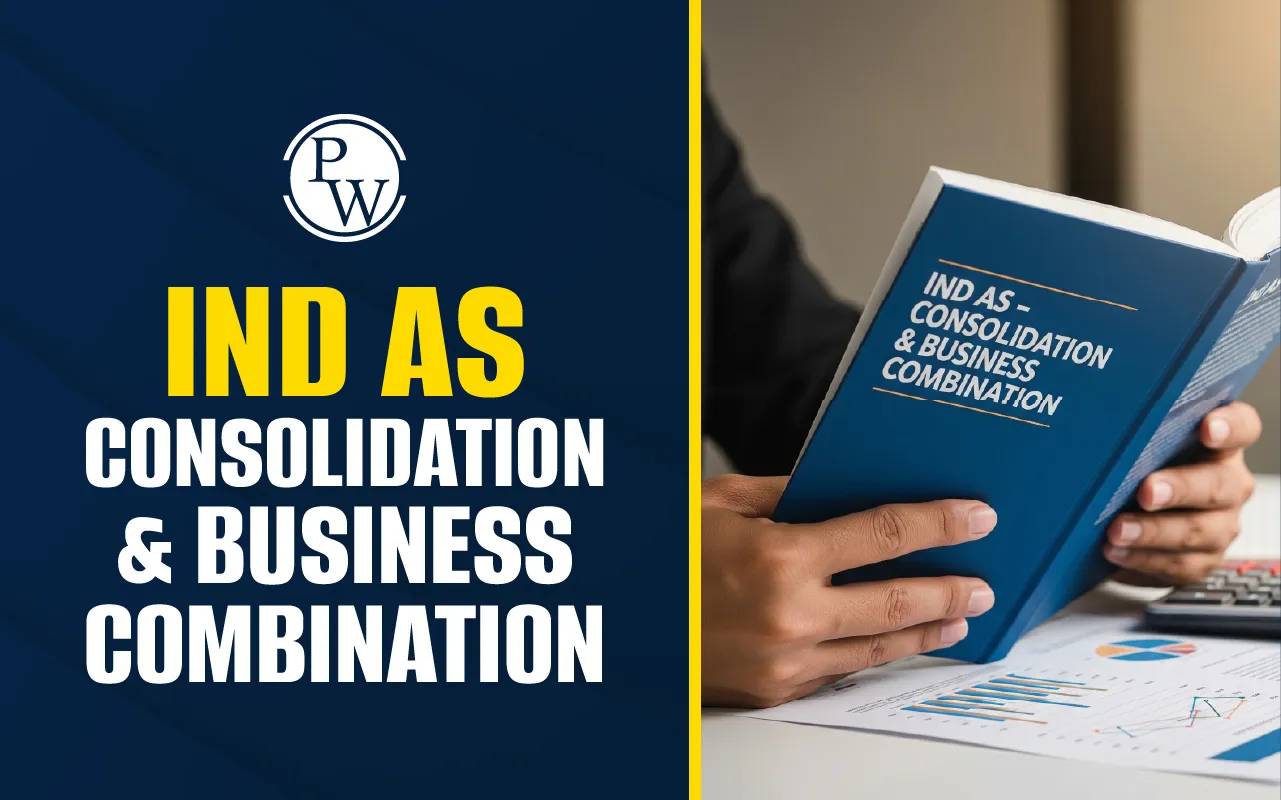
Ind AS Business Combination is a rule in accounting that helps companies show their financials properly when one company takes control of another. It is an important concept for students, accountants, and businesses. Below, we’ve explained the Ind AS Business Combination in a simple way that is easy to understand for students.
When one company buys or takes control of another company, the financial reports need to show them as one single unit. This is where the Ind AS Business Combination comes into play. It guides how to record and present this information clearly and fairly.
What is the Ind AS Business Combination?
Ind AS Business Combination means applying a set of rules when a company gains control over another company. This may happen when it buys a large number of shares or assets of another business.
For example, if Company A takes control of Company B, the financial report of Company A must now also include the results of Company B. This includes Company B’s income, expenses, assets, and liabilities. Ind AS Business Combination ensures this is done in the right way.
Why is Ind AS Business Combination Important?
When a company owns or controls another company, it must show the full picture in its financial report. This process is called consolidation. Without consolidation, investors, managers, and others might not understand the complete financial position of the group of companies. Ind AS Business Combination helps in:
- It helps in avoiding double-counting of transactions
- Showing all companies as one group
- Giving a clear view of profits, assets, and expenses
Introduction to Ind AS 110
Ind AS 110 is a key rule that helps in preparing consolidated financial statements. It tells everyone when a company must include another company’s financials and how to do it.
The word "control" is very important here. According to Ind AS 110, if one company has the power to control another’s key decisions and gains from its performance, then it must include that company in its financial report.
Introduction to Ind AS 103
Ind AS 103 goes hand-in-hand with Ind AS 110. While Ind AS 110 focuses on showing combined results, Ind AS 103 helps with how to record the transaction of taking over the other company.
Ind AS 103 helps in:
- Recording the value of the company that is purchased
- Showing goodwill (extra price paid over the actual value)
- Fairly measuring all assets and liabilities
Together, the Ind AS Business Combination rules (Ind AS 110 and Ind AS 103) help in showing correct information.
How to Do Consolidation?
Consolidation is done when the parent company (main company) takes control of one or more subsidiary companies. Ind AS Business Combination tells individuals to follow these steps:
Step 1: Combine all income, expenses, assets, and liabilities of both the parent and the subsidiary.
Step 2: Remove internal transactions. If one company sold goods to another in the group, it must be removed.
Step 3: Show non-controlling interest. This means showing the part of the subsidiary not owned by the parent.
Step 4: Use the same accounting rules. All companies must follow the same methods to record their data.
Control Over the Company
To apply the Ind AS Business Combination, an Individual needs to check if the parent has control over the other company. Control is present if:
- The parent has the power to make important decisions for the other company.
- The parent benefits from the company’s performance.
- The parent can use their power to get returns.
Even without owning more than 50% shares, a company can have control due to contracts or rights. This is called control without a majority.
Non-Controlling Interest (NCI)
Non-controlling interest is the part of the subsidiary not owned by the parent. Ind AS Business Combination tells us to:
- Show NCI separately in the balance sheet
- Divide profits between the parent and NCI
- Treat a change in NCI as equity if control is not lost
Loss of Control
When the parent loses control over the subsidiary:
- Assets and liabilities of the subsidiary are removed
- Any leftover interest is shown at fair value
- Profit or loss is recorded if there is any gain or loss
- Other related items in financial reports are adjusted
Investment Entities Exception
Some special companies called investment entities do not need to consolidate:
- They collect the money to invest for profits
- They measure investments at the fair value
- They have no other business but investing
Common Consolidation Problems
While following the Ind AS Business Combination, some issues may arise. These are known as consolidation problems.
Finding control: It can be very difficult to know that if one company really controls the other.
Different rules: Sometimes, companies use different accounting policies. These policies must be made uniform.
Non-controlling interest: Showing minority shareholding properly can be confusing.
Losing control: When a company no longer controls another, it must stop consolidation. Doing this right is important.
Ind AS Business Combination aims to solve these consolidation problems.
Key Guidelines from ICAI FR Notes
The ICAI FR notes can help individuals in understanding how to apply the Ind AS Business Combination. Some important points from these notes are mentioned below:
- The parent company must consolidate from the date it gains control.
- When control ends, consolidation must stop, and the remaining interest is shown at fair value.
- Investment entities may not consolidate but show the value of the subsidiary as profit or loss.
- All financial reports must follow the same date and rules.
Ind AS Business Combination Examples
Below, we’ve mentioned some examples to understand the Ind AS Business Combination:
Majority Holding: Company A owns 60% of Company B. A has power, enjoys returns, and controls B. Consolidation is needed.
Control through Contracts: Company X has only 45% shares in Company Y but controls decisions through an agreement. X must consolidate Y.
Investment Entity: An investment firm owns 100% of another company, but only for investment returns. It can show value without consolidating.
These cases are helpful to solve consolidation problems and apply the Ind AS Business Combination correctly.
Relation Between Ind AS 110 and Ind AS 103
Ind AS Business Combination needs both Ind AS 110 and Ind AS 103:
- Ind AS 103 is used during the takeover to record the deal
- Ind AS 110 is used afterward to combine and report financial statements
They both support each other in giving a clear picture of the group’s performance.
Continuous Checking of Control
Control is not checked only once. Ind AS Business Combination requires regular checking. If the situation changes, like a share sale or a new agreement, the company must re-check if it still has control. This ensures that the financial reports always show the correct information.
Ind AS Business Combination is a basic yet very important rule in accounting. It helps companies present their financials in the right way when they own or control others.
Ind AS 110 helps in showing combined reports, and Ind AS 103 helps in recording purchases. These rules are necessary to avoid errors, misunderstandings, or wrong reporting. They also help solve common consolidation problems.
The points from the ICAI FR notes support accountants and learners in applying the Ind AS Business Combination without confusion.
By following the steps and checking controls, companies can give clear and honest financial statements. Whether it is a simple holding or a complex business group, the Ind AS Business Combination ensures everything is presented fairly.
Ind AS Business Combination FAQs
What is Ind AS 110, and why is it important?
What is the main objective of Ind AS 103?
How is control determined under Ind AS 110?
What are the common challenges in applying the Ind AS Business Combination?

